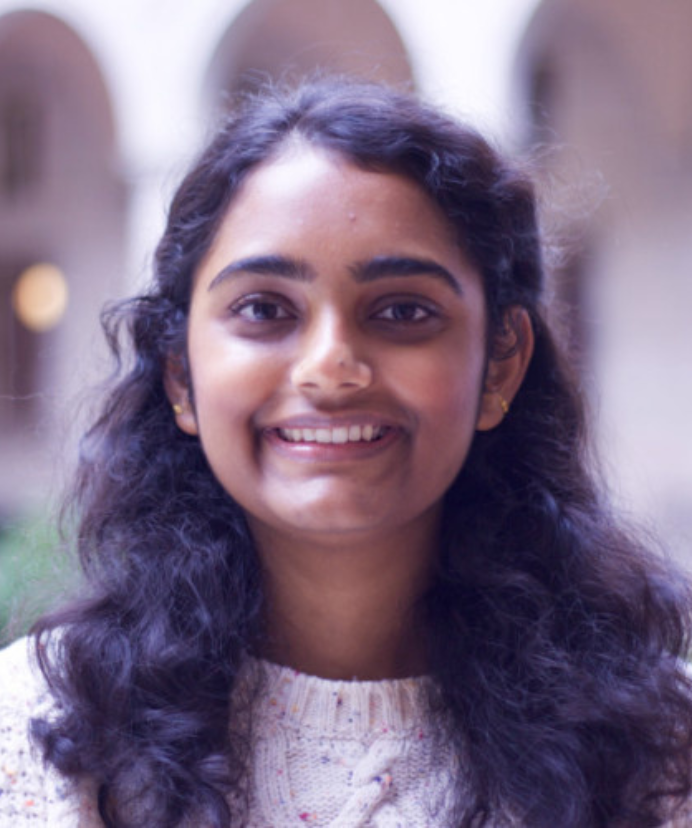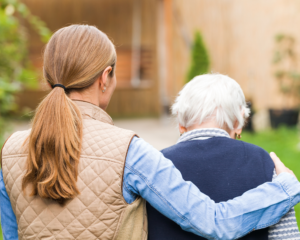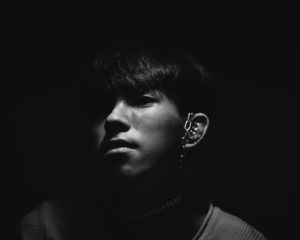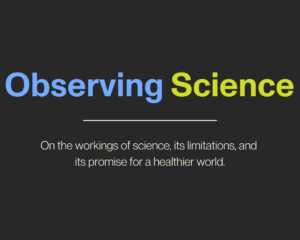Ellis Rubinstein: Kids, Sustainability, and Our Shared Scientific Future
Mr. Rubinstein speaks with PHP on creating networks that transform children's knowledge about science and technology.
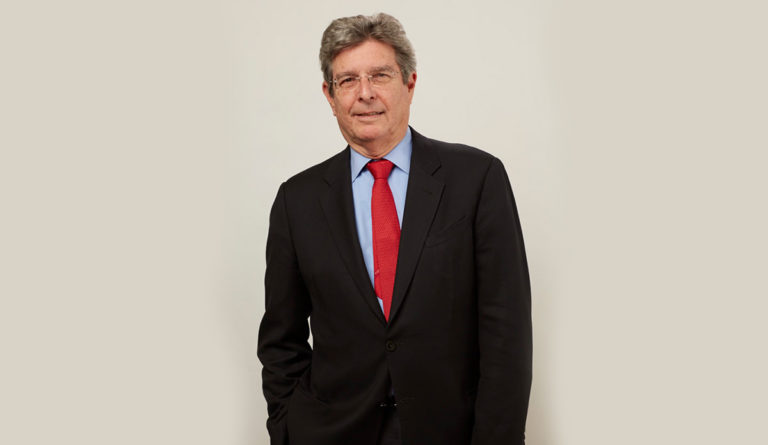
Read Time: 5 minutes
Published:
Ellis Rubinstein is the president and Chief Executive Officer of the New York Academy of Sciences. The Academy is developing a network of the world’s most promising young scientists and engineers, and Rubinstein has overseen the creation of an unprecedented Internet-based initiative—the Global STEM Alliance—designed to identify, inspire, and empower a million or more high school students in STEM-based careers. Before joining the Academy, Rubinstein was a long-time science journalist, where his work earned three National Magazine Awards, the Pulitzer Prize of the American periodicals industry.
Prior to speaking at Boston University School of Public Health’s Forum on Science for a Sustainable Planet, Rubinstein sat down with Sampada Nandyala and Michael Stein to discuss public health communication and the the role of science and technology.
PHP: What is the best way to engage the public in scientific conversation?
Ellis Rubinstein: That question is an interesting one that I’ve spent 30 or 40 years listening to scientists worry about. And the usual answers always relate to getting scientists out there talking to the public more, or that we have to do something about our education system, perhaps improving the knowledge base of our teachers. But I don’t know that my grandchildren will live long enough to see this happen. In American society today, there is an inability of people on one side of a question to actually talk to people on the other side. And it’s gotten much worse than when I was younger. So even if we have scientists trying to be better speakers, who is going to listen to them if they are not really interested in listening?
Having said all of that, my hope, and the only hope, is that social media can somehow be utilized so that we can go directly to children and get them engaged in science and technology issues that mean something to them personally, that relate to their worlds, outside the system of formal education and outside their own parents’ homes. If we could somehow over the next 10-20 years transform the experience of children and what they believe about rational thought, science, and technology through the internet, then maybe we can educate a new generation in a way that doesn’t require scientists to be out there convincing.
My hope is that social media can somehow be utilized so that we can go directly to children and get them engaged in science and technology issues that mean something to them personally, that relate to their worlds, outside the system of formal education and outside their own parents’ homes.
What are the greatest strengths of science and technology as drivers of sustainability?
I’m going to highlight the power of the capacity of the internet to bring people together around solutions, whether it’s to allow people to understand better what the issues are and what they can do about them, or whether it’s related to how disparate groups can work together in collective action programs. To me, I guess one of the most exciting drivers of change from science and technology is the capacity of actually networking us all into communities that can do something useful.
As CEO of the New York Academy of Sciences, you’ve made great efforts to transform the science education of children.
In our junior academy, kids have mentors from industry or academia who help them work through the process of having an idea, a thesis and hypothesis, and starting to test it. In our youth network, kids are meeting each other across the entire planet, working in teams on projects that are related to sustainable development goals, all online and completely outside their own school systems. You have to build actual concepts out and try them out. And all these things are happening, as you may have seen from our website, with global teams.
So we’re trying to apply mentorship and role modeling for girls, in particular from underserved communities, so that they have the confidence to go to college and have dreams to become whatever they want.
The other piece is to try to address the soft-skills that schools are not teaching: basic cognitive skills, team work, confidence building, especially in girls. So we’re trying to apply mentorship and role modeling for girls, in particular from underserved communities, so that they have the confidence to go to college and have dreams to become whatever they want. They don’ t have to become scientists, but to be a fashion designer, a movie-maker, a financial advisor, or a journalist, you’re going to have some science and technology background. We’re actually in discussion with the United Nations about trying to take this on a global level with an unprecedented partnership of private sector organizations in what we call “skilling.” We want kids to have skills in the future even if they’re getting lousy educations in their schools.
So sustainability has to do with the next generation.
I keep hoping we can create this massive social network where kids would just start to enjoy the actual experience of trying to understand and do science. There is a huge hunger to do something to improve the world, and if you could put science and technology into the construct of ‘ways we can improve the world,’ kids will do that. And they will not have an unreasonable skepticism when they get older. So, to me, that is the only really hope for the scaling of big change.
This conversation was lightly edited for length and clarity.
Photo courtesy of the New York Academy of Sciences.
